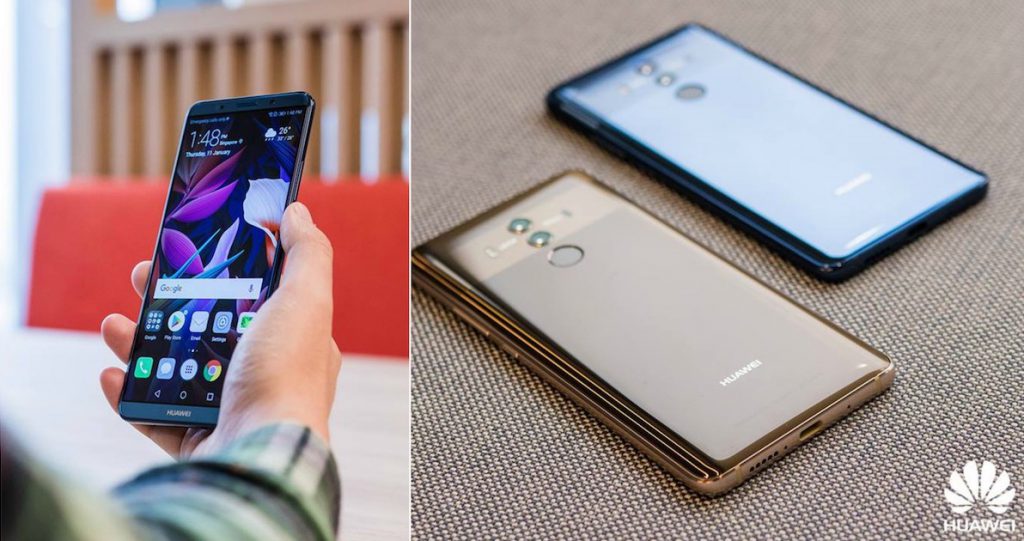Huawei has really upped its game in recent years, especially with the launch of its Huawei Mate 10 Series late last year.
Its sleek build aside, its specifications are pretty outstanding.
In fact, it boasts Kirin 970 – which Huawei designed and built itself – the world’s first AI processor for smartphones with a dedicated Neural-Network Processing Unit (NPU).
This chipset pretty much fuels the smartphone’s machine-learning features and includes a special module dedicated to AI calculations.
AI is becoming increasingly important in today’s smartphone experience, and coupled with machine learning, they are the reasons why our phones are getting better and more powerful every year.
But what does it exactly allow your phone to do?
AI-Infused Smartphone
Phones with dedicated AI hardware could shift a lot of the work of your digital assistant to the phone; and although you’d still need the Internet for some questions, it could still carry out other offline tasks such as launching an app or playing a downloaded Spotify playlist.
However, there is so much more dedicated AI hardware can do than simple digital assistant work.
For the Huawei Mate 10 Pro in particular, its most notable feature is probably its live scene and object recognition camera feature.
Other cameras typically have a number of scene modes for the user to choose from, such as sports mode, portrait mode, and food mode; which prioritise certain settings that help the camera capture the perfect shot for you.
These modes are manually selected, but the Huawei Mate 10 Pro uses NPU to help it analyse the environment.
This enables it to smartly detect different objects and scenes, and automatically adjusts the camera settings for you. Besides that, the Mate 10 also uses its NPU to help the camera select the perfect focus mode for the scene at hand.
Basically, when you point the Mate 10 at different subjects, the camera automatically switches into the appropriate mode for whatever it recognises in the frame. A flower, a meal, a person, or a landscape will all trigger different settings.
The phone is also equipped with a pre-installed Microsoft Translator, which can translate up to 500% faster than other smartphones running the same app.
And best of all? It does not even need an Internet connection, which makes it especially handy for travelers.
All you need to do is simply take a photo of the foreign text, and it will instantly translate it into English for you within mere seconds.
Power Management With AI
There’s also machine learning built into the core of the phone’s software, specifically its power management controls, which is great news if you’re sick of having to charge your phone every single day.
The Mate 10 Pro uses its NPU capabilities to analyse and monitor users’ habits and intelligently optimise its power management schemes.
As you use the device over time, it actually learns your behaviour and optimises settings and power allocation in the background based on your usage.
For example, if you’re a serious gamer, the Huawei Mate 10 Pro will adjust settings such as the speaker volume level and screen brightness to ensure that you enjoy a great mobile gaming experience while still maximising battery life.
It can also recognise which apps are important to the user and prioritise those, while preventing others from sapping precious battery life.
This makes the Huawei Mate 10 Pro among the best handsets you can buy for battery life, as it can last up to two days between charges.
So far, there are no other smartphones with a dedicated AI processor, yet Huawei is pioneering this technology revolution.
It is driving an AI-powered future that isn’t tethered to the cloud, and I believe this sort of technology will soon be very pervasive, enticing other phone and mobile chipset manufacturer to follow Huawei’s lead in time to come.
Featured Image Credit: Huawei Mobile
